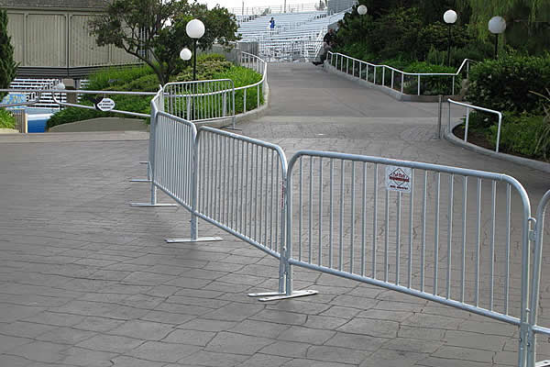 TEL:
+86-13102802206
TEL:
+86-13102802206
 Email:
fencenetting@china.com
Email:
fencenetting@china.com
 Language
Language
 TEL:
+86-13102802206
TEL:
+86-13102802206
 Email:
fencenetting@china.com
Email:
fencenetting@china.com
 Language
Language


Welding cast iron with stainless steel wire presents unique challenges and opportunities for metalworkers. Cast iron, known for its excellent castability and high wear resistance, is frequently used in machinery and industrial applications. However, its brittleness can pose difficulties during welding. By using stainless steel wire, a more ductile and corrosion-resistant alternative, welders can achieve stronger and more durable joints.
The process begins with assessing the type and condition of the cast iron to be welded. High-carbon cast iron, for example, tends to be more brittle, while malleable cast iron provides a bit more flexibility. Proper surface preparation is critical; this includes removing any rust, paint, or oil that could interfere with the fusion process. Utilizing a grinding tool to create clean edges not only improves adhesion but also minimizes the risk of cracking, a common issue in cast iron welding.
Once the surface is prepared, the choice of stainless steel wire is paramount. Generally, a low-alloy stainless steel wire is preferable for its compatibility with cast iron. It is important to maintain a clean weld environment, as contamination can lead to poor fusion. Most welders opt for gas metal arc welding (GMAW), also known as MIG welding, due to its ease of use and versatility. This method allows for a continuous feed of stainless steel wire, facilitating a smooth welding process.

Temperature control during welding is another critical factor. Cast iron's thermal expansion and contraction properties can lead to cracks if not managed properly. Preheating the cast iron component to a moderate temperature can significantly reduce the risk of thermal shock. Moreover, post-weld heat treatment may be necessary to relieve stress and enhance the longevity of the weld.
In conclusion, welding cast iron with stainless steel wire can yield effective and durable results when executed with precision and care. By selecting the right materials, adhering to proper techniques, and monitoring environmental factors, welders can overcome the inherent challenges associated with cast iron. This method not only enhances the performance of the welded parts but also opens the door to innovative applications in various industries, from automotive to industrial machinery, showcasing the potential of combining these two distinct materials.